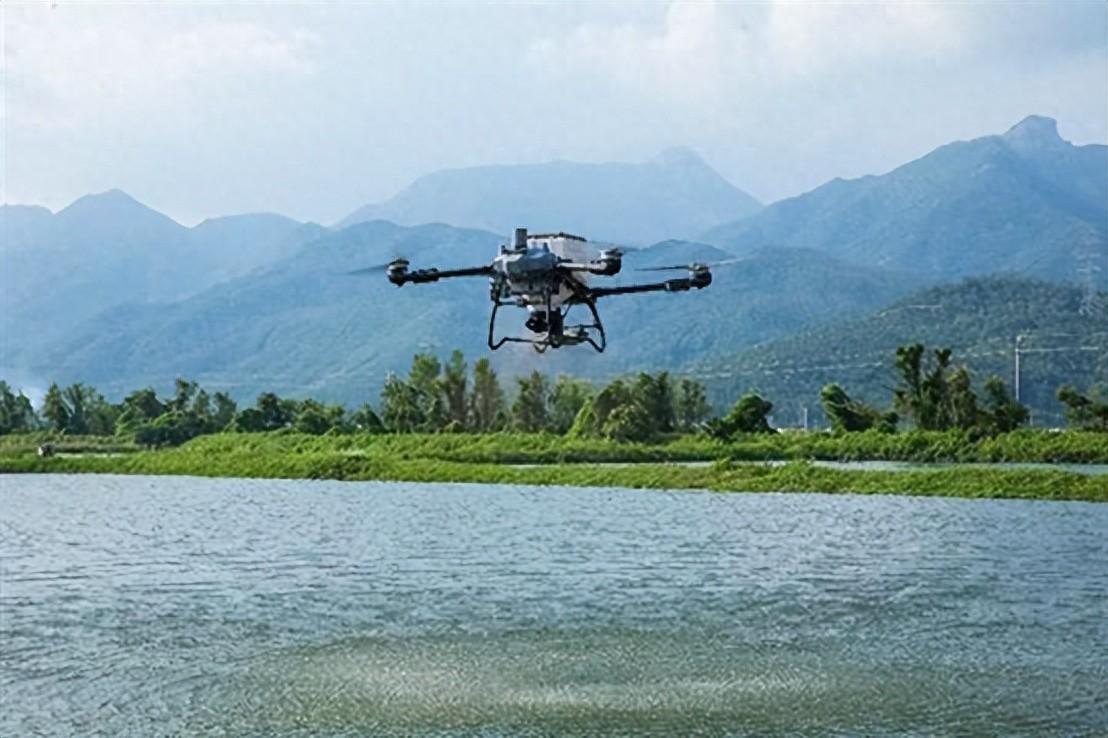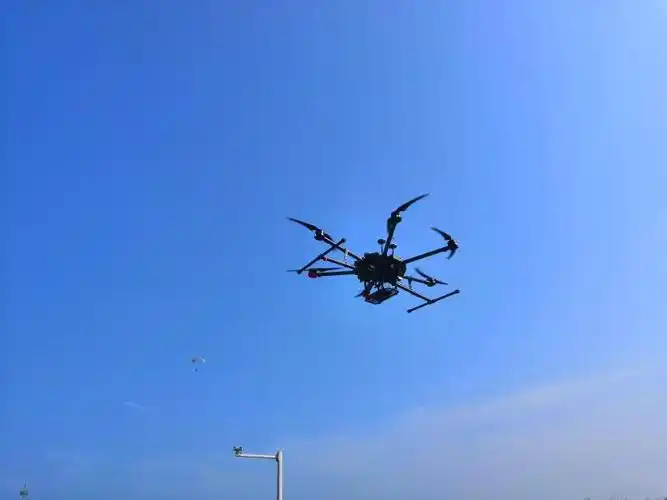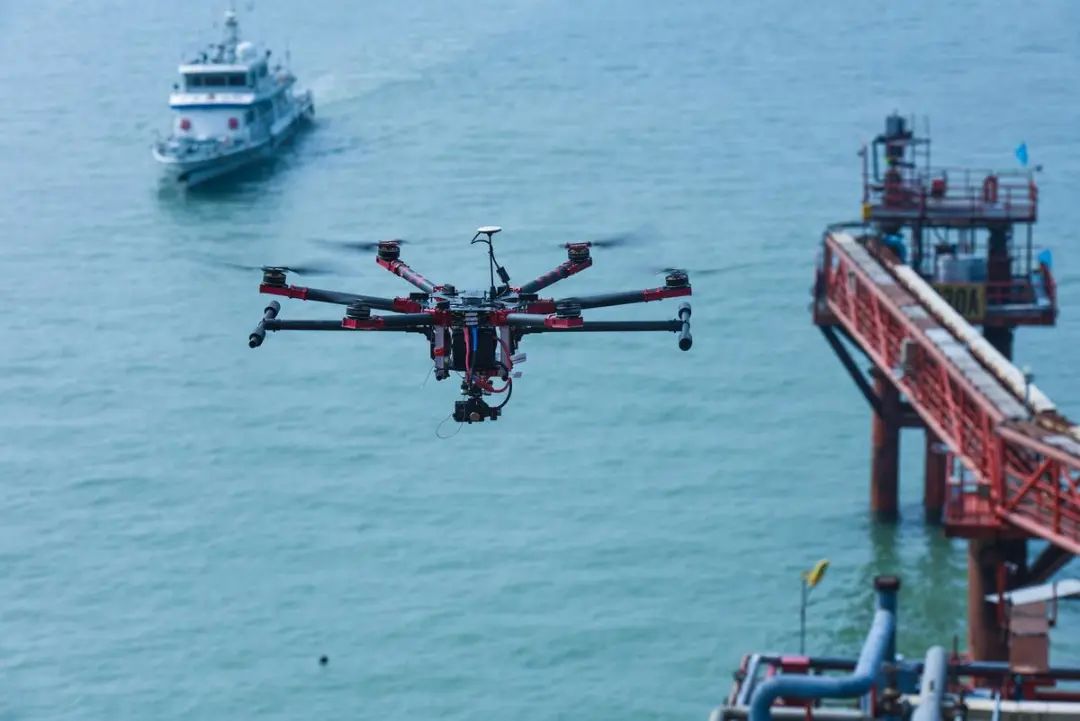
Near space usually refers to the airspace 20-100 kilometers above the Earth's surface, with the airspace below (20 kilometers below) being the main activity space for traditional aircraft and the airspace above (100 kilometers above) being the operational space for spacecraft. As the name suggests, a near space spacecraft is an aircraft that operates within the vicinity of space. Due to technological and cognitive reasons, the strategic value of near space has only recently gained attention from countries around the world. Near space vehicles have also become a hot research topic in various countries due to their significant characteristics and potential military civilian dual-use value. The United States, Russia, Europe, South Korea, the United Kingdom, Japan, Israel and other countries are currently investing a large amount of funds to actively carry out technology and application research on near space aircraft, with the United States being the most. So far, the two types of stratospheric airships that have entered near space have been developed by the United States. However, in terms of overall development level, foreign near space aircraft technology is still in the stage of key technology research and demonstration verification. To achieve high military value, breakthroughs in key technologies are still needed.
Characteristics of Near Space Vehicles
At present, various countries around the world have proposed various development plans for near space aircraft, with research hotspots focused on stratospheric airships, floating balloons, and high-altitude long endurance unmanned aerial vehicles. Among them, stratospheric airships are another important fixed-point platform besides geostationary satellites. Near space vehicles have significant characteristics and can serve as effective supplements to satellites and aircraft.
Compared with satellites, the advantages of near space vehicles are high cost-effectiveness, good maneuverability, low technical difficulty of payload, and easy updating and maintenance. The distance between this type of aircraft and the target is generally only 1/10 to 1/20 of that of low orbit satellites, and it can receive low-power transmission signals that satellites cannot monitor, making it easy to achieve high-resolution Earth observation; Its disadvantage is that it has a small field of view and the adjacent space belongs to the airspace of each country, which is limited by airspace.
Compared with traditional aircraft, the advantages of near space vehicles are: (1) longer continuous working time. The traditional aircraft's idle time is measured in hours, while the idle time of near space vehicles is measured in days. Currently, the near space platform under development has a planned idle time of up to 6 months, and the planned follow-up platform can have a planned idle time of more than 1 year. It is easy to obtain intelligence and data continuously for a long time, and can respond quickly to emergency events with less personnel support and light logistical burden. (2) Wide coverage. The flying altitude of near space vehicles is higher than that of traditional aircraft, and their reconnaissance coverage is much wider than that of traditional aircraft. (3) Strong survival ability. The envelope of balloons or soft airships is made of non-metallic materials and operates at low speeds. The radar and heat reflection cross sections are small, making it difficult to detect using traditional tracking and aiming methods. Compared with traditional aircraft, the disadvantages of balloons or soft airships are: longer helium filling time, need to maintain stability during inflation, and sometimes require the use of hangars; During the process of release, ascent, descent, recovery, and release through the stratosphere, due to its large volume, it is easily affected by wind and turbulence.
The Military Application Prospects of Near Space Vehicles
Due to the advantages of continuous coverage of the same area and close proximity to targets, near space vehicles have unique advantages in regional intelligence gathering, surveillance, reconnaissance, communication relay, navigation, and electronic warfare. Near space vehicles can conduct continuous and long-term monitoring and observation of key areas, which helps to accurately assess the battlefield; It can serve as an electronic interference and countermeasure platform to implement electronic interference and countermeasures against incoming aircraft, missiles, and other targets, causing them to deviate from their flight path or reduce their hit rate; Can serve as a wireless communication relay platform, providing beyond line of sight communication. At present, the US Air Force has identified multiple military application directions for near space vehicles, including battlefield command, control, communication, computer, intelligence, surveillance, and reconnaissance (C41S); Near real-time tracking of high-value targets; Space surveillance (capable of monitoring satellites without being significantly affected by weather); Missile defense; Rapid response to natural disasters (used for post disaster reconstruction of mobile phone networks and wireless networks) and border control.
In terms of missile defense, in the new missile defense plan of the United States, the plan is to deploy at least 10 high-altitude airships from the Pacific coast starting from the Puget Sound in the northwest, to the Atlantic coast of the United States, and then to the northeastern state of Maine to monitor incoming aircraft, ships, and cruise missiles. In addition, the US Missile Defense Agency is considering deploying controllable balloons over the Arctic to monitor and track Russian missiles. The results of the simulation conducted by the United States show that deploying three balloons at an altitude of 83 ° N and 36.6 kilometers can continuously cover all missile launches from the Arctic to 45 ° N, with 30 such platforms providing similar global coverage; A constellation consisting of 800 such platforms can provide continuous communication, intelligence, surveillance, and reconnaissance coverage worldwide.




